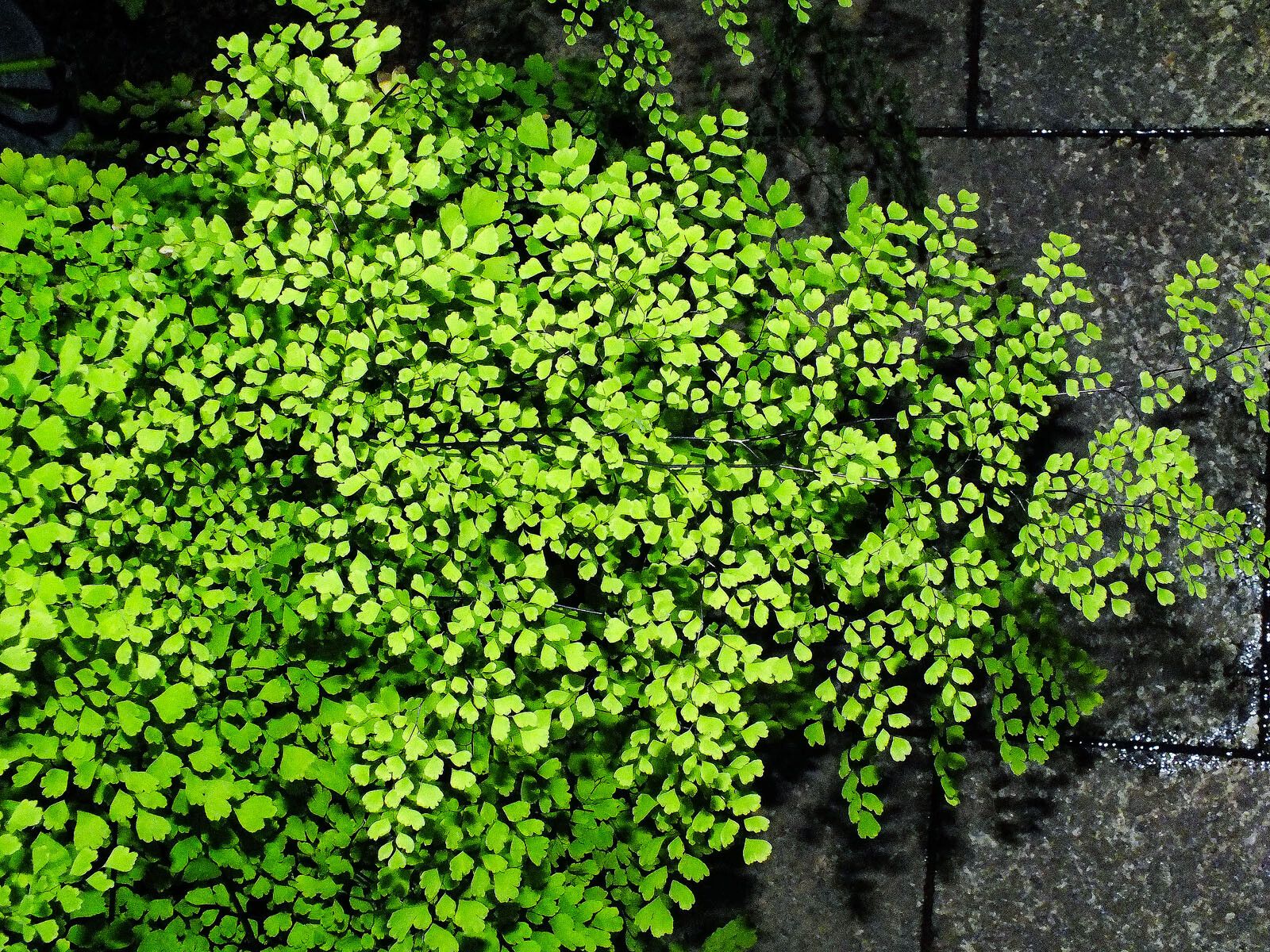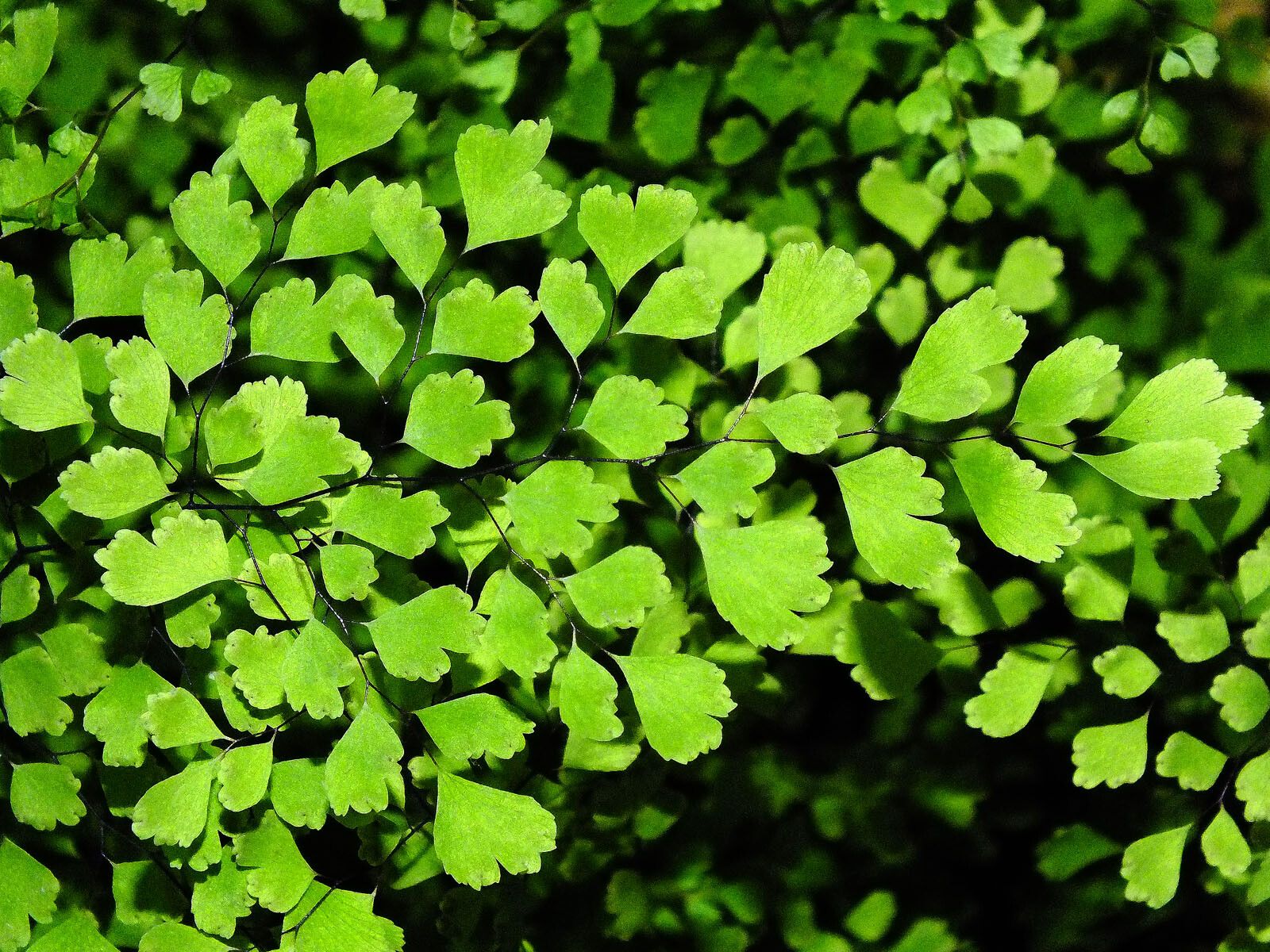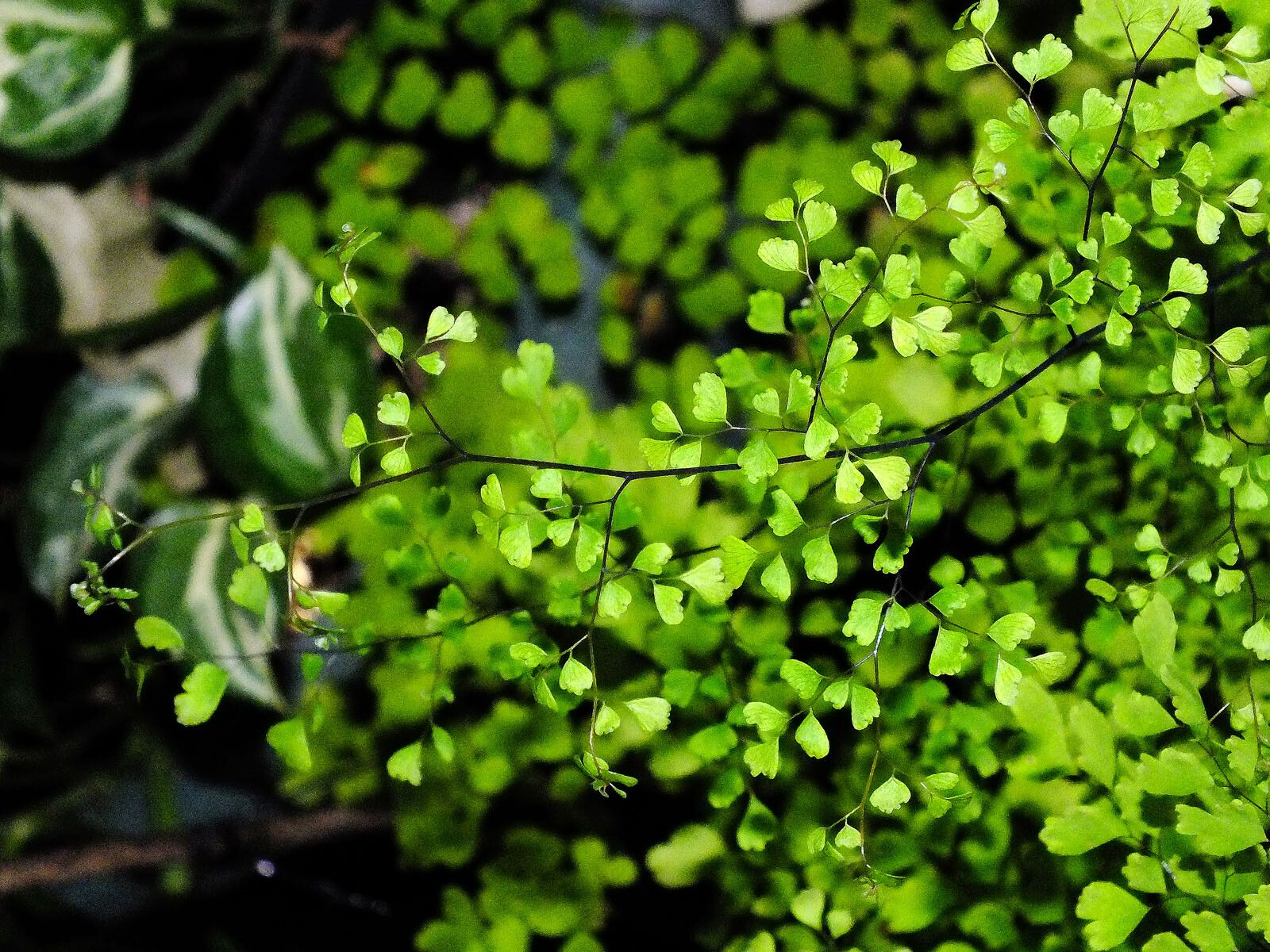Observation
Détermination
Détermination proposée
Nom le plus probable (Nom soumis)
Adiantum capillus-veneris L.
Capillaire de Montpellier
100 %Score de confiance
Suggérer une autre détermination
Vous n'êtes pas d’accord avec l'espèce suggérée mais vous n'avez pas d'autre suggestion
Commentaires
Données complémentaires
Date de création
5 août 2023
Dernière révision
9 oct. 2023
Łódź, Palmiarnia greenhouse
It is native to the southern half of the United States from California to the Atlantic coast, through Mexico and Central America, to South America; it is also native to Eurasia, the Levant in Western Asia, and Australasia.
Ornamental plant.
Pot plant.
Edible plant - the fronds are used as a garnish on sweet dishes; the dried fronds are used to make a tea; a syrup is made from the plant giving a refreshing summer drink.
Herbal plant - the fresh or dried leafy fronds are antidandruff, antitussive, astringent, demulcent, depurative, emetic, weakly emmenagogue, emollient, weakly expectorant, febrifuge, galactagogue, laxative, pectoral, refrigerant, stimulant, sudorific and tonic; a tea or syrup is used in the treatment of coughs, throat afflictions and bronchitis; it is also used as a detoxicant in alcoholism and to expel worms from the body; externally, it is used as a poultice on snake bites, bee stings; in Nepal, a paste made from the fronds is applied to the forehead to relieve headaches and to the chest to relieve chest pains.
Useful plant - the leaves are used as a hair tonic and to make a shampoo that is used as a treatment for dandruff.





